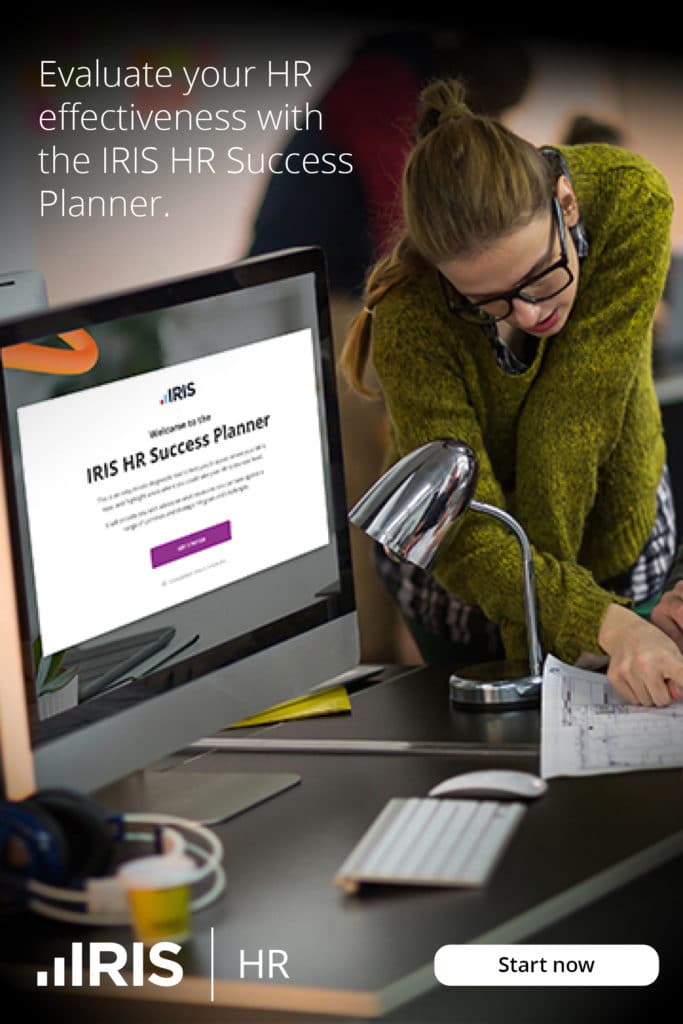BLOGS
Seven steps to software purchasing success!
You’re ready to start looking for new HR software – but where do you start? Success when purchasing and implementing an HR system ultimately lies in sourcing, selecting and implementing a solution that meets the needs, requirements and culture of the business, and is flexible enough to adapt to organisational change.
1.Review your situation
Identify your main business reasons for investment; have you outgrown your current software system, or do you not have any HR software at all? Is your current HR solution outdated and out-of-step with future plans? Understanding what needs to change is crucial for defining a criteria list for the new technology you need.
What features do you absolutely need to keep from a current system? And which would you like to change or improve? By understanding the reasoning behind our desire for change, it becomes much easier to define criteria for the new solution.
2. Decide your objectives
What do you need the software to do? Don’t just think about what your business achieves currently – think about what you would like to be able to do, and how your company needs may change, grow or adapt in the future. Build your list of requirements – think carefully about what functionality needs to be delivered, and the problems it may have to solve. Establish whether you’ll need a detailed tender document for a new system, or whether you’d be satisfied with a concise list of criteria.
Once you have the list of requirements, it’s time to prioritise. By splitting your list into ‘essentials’ and ‘desirable’s’, it will be much easier to explain your needs to potential providers.
3. Allocate the budget
Obtain a budget from senior management figures, and try to stick to it! Consider a modular system that allows you to add or take away modules depending on your level of need – this will ensure that you never end up paying for unneeded functionality. Configurable technology is often more expensive by month and per employee than an off-the shelf solution, but many providers can offer the option of paying for an annual subscription for the entire company.
4.Do due diligence on target providers
In a crowded marketplace, it can be difficult to narrow down your viable options and successfully differentiate between providers. Attend targeted industry events, such as trade shows, to understand what is available, and speak to industry peers to ascertain what systems they use and the pros and cons of each. Always ensure that any payroll technology is HMRC-recognised for your own peace of mind. You can also request reference contact details from current clients to aid you with due diligence.
5.Select a reputable vendor
All businesses have different needs, but there are some key features that all good vendors should be able to offer you if required. These can include an integrated HR and payroll system, configurable screens and fields, and built-in reporting capabilities as standard. Editable and configurable data could be hugely important to all businesses, as is an intuitive built-in report writer as standard.
6.Consider system integration
An integrated system, if needed, will be able to alleviate the need to complete unnecessary processes such as the import and export of data between separate systems. Single data entry will improve admin efficiency and accuracy, with integration encouraging cooperation and harmony between departments.
7.Ensure the investment is future-proof
A flexible system should be able to evolve alongside your organisation, with the software as relevant and effective in years to come as it is at the point of implementation. To help you with this process, ask your chosen vendor about their wider technology roadmap, business approach to innovation, and record for legislative compliance.
For further information on how investing in a robust, intuitive HR system could benefit your future business strategy and vision, contact us on 0113 230 8600, or email us at marketingteam@cascadehr.co.uk









